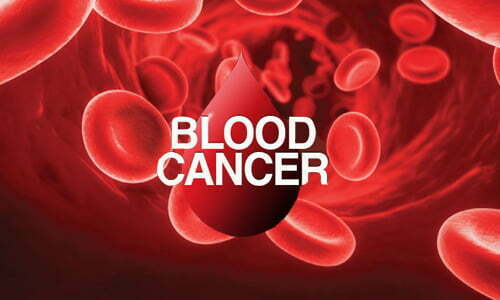Techniques evolved with the aid of astronomers to understand space may want to help fight towards breast and skin most cancers, consistent with new studies. A big part of astronomy relies upon the detection and analysis of light – scientists take a look at the mild scattered, absorbed, and re-emitted in clouds of fuel and dirt to obtain statistics on their indoors. Despite the enormous variations in scale, the strategies that light undergoes whilst journeying thru the human frame are very similar to those visible in the area, and when things move incorrect – whilst the tissue will become cancerous – that alternate must display up.

Early diagnosis is prime, with ninety% of girls recognized on the earliest stage surviving for at the least 5 years, compared to 15% for girls identified with the most superior degree. Cancer creates tiny deposits of calcium in breasts, detected through a shift in the wavelength of light because it passes via the tissue – the Exeter group found out that the computer codes developed to look at the formation of stars and planets may be implemented to find these deposits. Research fellow Charlie Jeynes at the University of Exeter in England said:
Light is fundamental to a numerous range of clinical advances, like measuring blood oxygenation in untimely babies or treating port-wine stains with lasers. So there’s a natural connection with astronomy, and we’re overjoyed to apply our work to tackle most cancers. Working with biomedical scientist Professor Nick Stone, the crew is refining pc models to recognize how detected light is suffering from human tissue.
They, in the end, count on expanding a fast diagnostic test that avoids needless biopsies, enhancing the potentialities for survival for thousands of girls. Work is already underway with clinicians at Exeter’s RD&E health facility to pilot the technology and pave the manner for larger clinical trials. In a 2nd undertaking, the Exeter team are the use of laptop models for a capacity new treatment for non-melanoma skin cancer (NMSC)
That is the maximum common kind of most cancer, with greater than eighty 000 instances said in England every year. NMSC is anticipated to price the NHS £one hundred eighty (approximately $227 million US) a year by 2020, a parent set to rise as the ailment becomes extraordinary. In partnership with Professor Alison Curnow of the University of Exeter Medical School, the scientists are using their code to increase a simulated “digital laboratory” for studying skin cancer treatment.
The two-pronged attack seems at light-activated pills (photodynamic therapy) and mild-heated nanoparticles (photothermal therapy). The simulation shows how gold nanoparticles in a virtual breast tumor are heated via exposure to near-infrared mild. After one 2d of being uncovered to radiation, the tumor heats up through three tiers Celsius. After 10 minutes, the identical tumor is heated through 20 levels – sufficient to kill its cells.
So away, photothermal therapy with nanoparticles has been effective in rats. Still, with the group’s core to slim down experimental situations, they may be running towards translating the era for humans. Jeynes stated: “Advances in fundamental technological know-how should by no means be visible in isolation. Astronomy is no exception, and even though it is impossible to expect at the outset, its discoveries and techniques often benefit society. Our work is an incredible instance of that, and I’m really proud that we’re supporting our scientific colleague’s salary struggle on most cancers.
The next steps encompass using three-D-rendered models taken from pix of actual tumors and simulating how those would respond to distinct remedy regimes. Data exists on how these tumors responded to treatment, which the researchers say gives high-quality “ground reality” facts in opposition to evaluating the models. In this way, the crew might be
Able to predict whether or not exclusive styles of treatment might be extra effective for a specific tumor kind and allow clinicians to have greater alternatives with regards to choosing a treatment plan. Jeynes will present his and Professor Tim Harries’ team’s work these days (WED) at the RAS National Astronomy Meeting (NAM 2019) at Lancaster University.




